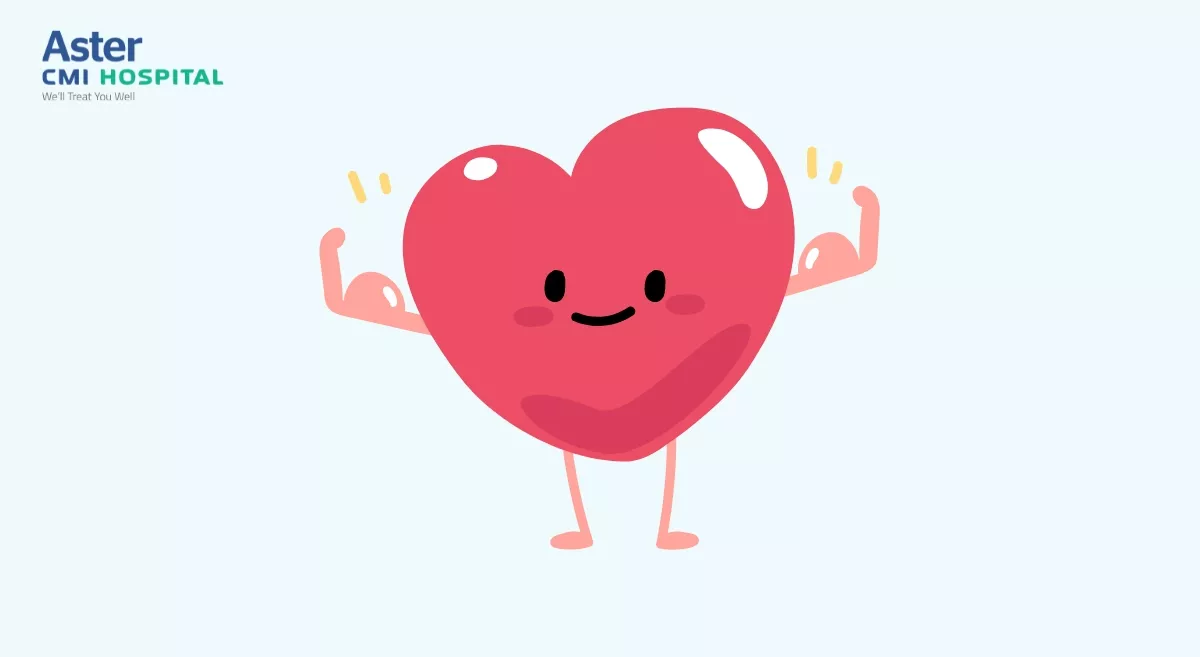With its complicated nature, the human heart exists to serve as the very essence of life. This vital organ, safely nestled in the chest, endlessly pumps blood throughout the body, keeping us alive and functioning. Its intricate structure and vital functions make it a fascinating biological marvel.
The Anatomy of the Heart
To truly grasp the heart's complexities, we must first analyse its physical structure. The human heart has four cardiac chambers: two atria and two ventricles. The atria are the upper chambers in charge of receiving blood, while the ventricles, the lower chambers, are in charge of pumping blood to the rest of the body. These cardiac chambers work in unison to ensure that blood circulates freely throughout the circulatory system. The anatomy of the heart is a feat of engineering, and any disruption can have serious consequences for our health. For such cases, consulting a cardiologist in Bangalore at a reputed facility can help with early diagnosis and treatment.
How the Heart Works
The rhythmic pumping action of the heart, known as the cardiac cycle, is what keeps us alive. It consists of several phases, including diastole and systole, in which the heart relaxes and contracts. The electrical system of the heart is critical in regulating this rhythm and keeping the heartbeat steady. Arrhythmias and other cardiac complications can result from any irregularities in this system, which may require expert care at a specialized heart hospital in Bangalore.
The Heart as a Pump
The heart acts as a powerful pump, pushing blood throughout the circulatory system and supplying oxygen and nutrients to every cell in the body. This constant blood flow is critical for our health and vitality. Understanding blood flow through the heart allows us to acknowledge the significance of each heartbeat and how disruptions can result in a variety of heart conditions. When issues arise, getting treated at a leading cardiology hospital in Bangalore can significantly improve recovery outcomes.
Heart Valves and Their Function
The heart valves serve as the heart's gatekeepers. With each heartbeat, they open and close, enabling blood to flow in one direction while restricting backflow. Their proper operation is critical for maintaining proper blood circulation. Heart valve problems, such as stenosis or regurgitation, can have a significant impact on heart health and may necessitate medical intervention from an experienced cardiologist in Bangalore.
Understanding Heart Diseases
Unfortunately, heart disease is common in today's society. Cardiovascular disorders include a wide range of conditions such as coronary artery disease, heart failure, and arrhythmias. Understanding common heart diseases and their risk factors enables us to make educated lifestyle decisions to protect our heart health. Visiting a heart hospital in Bangalore for periodic check-ups can aid in the early detection of these conditions.
The Role of Lifestyle in Heart Health
Our lifestyle choices can have a significant impact on the health of our hearts. A heart-healthy diet high in fruits and vegetables, whole grains, and lean proteins can lower the risk of heart disease. Regular exercise not only aids in weight maintenance but also solidifies the heart muscle and improves circulation.
Cardiology Advancements
Cardiology has seen groundbreaking advances in the form of modern diagnostics and treatment options in recent years. MRI and CT scans, for example, provide detailed insights into heart conditions, allowing for early detection and intervention. Furthermore, novel treatments, such as minimally invasive procedures and novel medications, provide hope to patients suffering from heart disease. Telemedicine and remote monitoring are also changing how we manage heart disease. Patients can now receive virtual consultations and have their heart conditions remotely monitored using wearable devices. This trend allows for more frequent monitoring and prompt interventions, which is especially beneficial for those who live in remote areas or have limited access to healthcare facilities. Many top cardiology hospitals in Bangalore have already adopted these cutting-edge technologies.
Caring for Your Heart: Prevention and Maintenance
Heart disease prevention should be a top priority. Adopting a heart-healthy lifestyle and controlling risk factors like high blood pressure, high cholesterol, and diabetes are critical first steps. Regular heart checks and screenings can detect any problems early on, allowing for timely intervention and complications prevention. Scheduling regular visits with a trusted cardiologist in Bangalore can ensure ongoing monitoring of your heart health.
The Importance of Public Awareness
Public awareness is critical in promoting heart health. Educational campaigns and initiatives can empower people to make informed lifestyle choices, resulting in a significant decrease in heart disease cases. Understanding the symptoms of a heart attack, such as chest pain, shortness of breath, and dizziness, can prompt people to seek medical attention immediately, potentially saving lives.
Furthermore, addressing risk factors such as smoking, obesity, and stress is critical in lowering the prevalence of heart disease. Community-based programmes that promote heart-healthy behaviours and regular heart screenings can help to create a healthier population while reducing the strain on healthcare systems. Reputable heart hospitals in Bangalore often organize such awareness programmes to educate the public.











